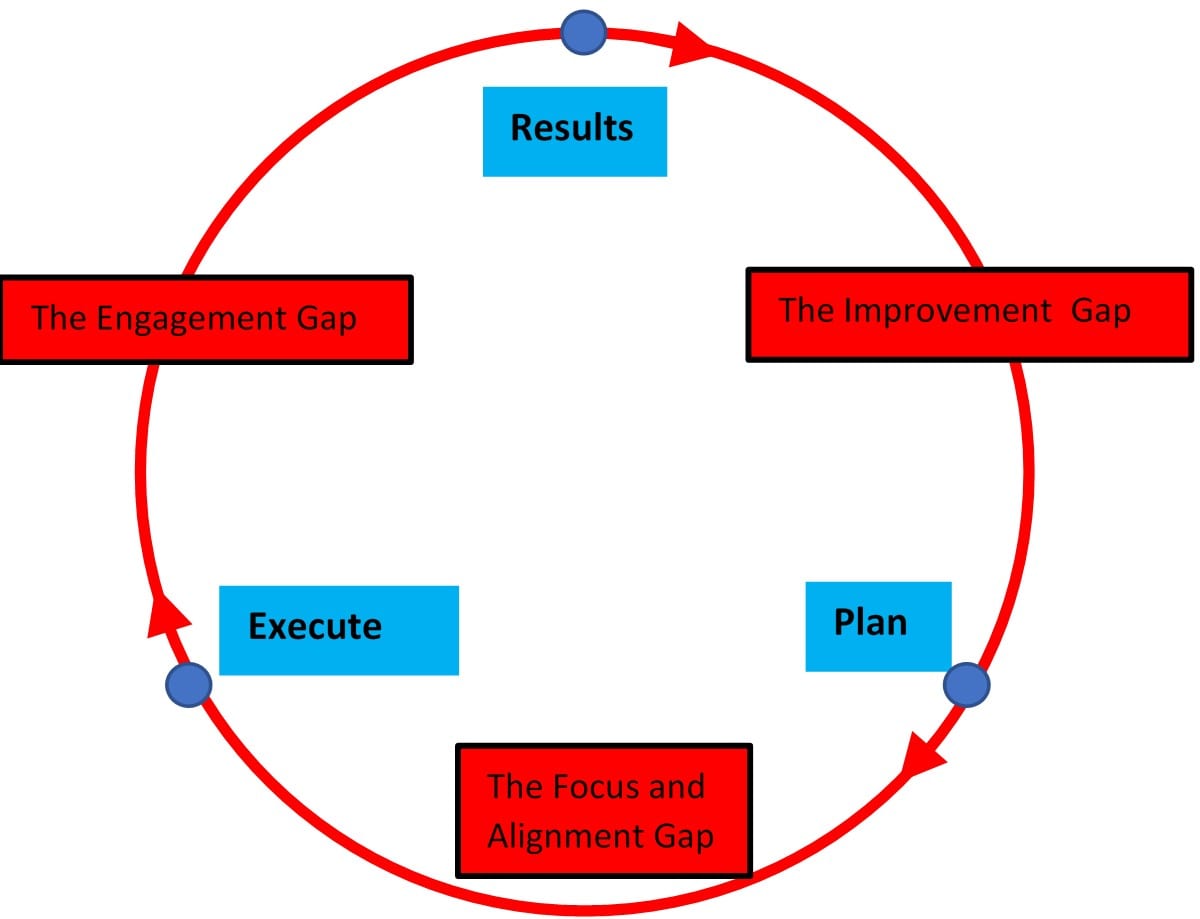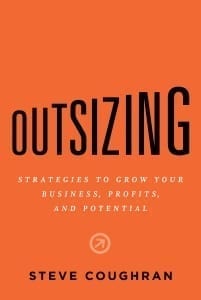7 Skills Required For Exceptional Team Teadership

Why are leadership skills so important? Quite simply, they set the mold for ‘the way we do things around here’, which has a huge impact on the culture and success of an organisation.
Think you have what it takes? Want to know what distinguishes great team leaders from mediocre ones? Here are 7 skills all exceptional team leaders naturally possess.
Effective communication
To be an effective team leader, communication is key. Good communication is an essential component of achieving goals and contributes hugely to positive working relationships. Conflict at some point in any team is inevitable, but an exceptional leader has the expertise to ensure everybody has a voice and feels heard. They are able to quickly diffuse any conflict.
Good communication skills involve really listening, keeping it short, asking questions, noticing body language and repeating back a summary of what has been discussed. Active listening is often seen as a soft skill, but it is fundamental to being a great leader and drives employee engagement.
Communication is becoming increasingly difficult when it comes to managing remote workers in the digital age. But great leaders always make time for small talk with everyone and use video technology to communicate with the remote members of their team.
Transparent and trustworthy
Good leadership is built on a foundation of trust, which requires a certain level of transparency. Being transparent doesn’t mean sharing everything on the google drive or divulging everyone’s salary (though some businesses operate with more openness than others).
Broadly speaking, good leaders will share information and not keep facts secret to build up their own sense of power. There are many good reasons team leaders should practise transparency, but most importantly it helps to foster better relationships with staff. Along with effective communication it encourages employees to share their ideas too and this is essential for innovation.
Ultimately, the sharing of information is essential for employees to make better informed decisions.
Knowledgeable and confident
A leader must be able to motivate and inspire others to achieve common goals. They must also be able to communicate effectively and manage conflict. While there are many different leadership styles, all influential leaders share one crucial trait: they are continually learning and growing. One way to ensure that leaders have the skills they need to be successful is through trainer certification. By becoming certified, leaders gain access to the latest research and best practices in team development. In addition, trainer certification provides leaders with an opportunity to network with other professionals and learn from their experiences. Trainer certification by Langevin is one of the most respected in the industry, and it can help leaders take their skills to the next level. With trainer certification, leaders can build exceptional teams to succeed.
To be a credible leader you have to be able to support your team and problem-solve. Knowledge and confidence are just two of the attributes required to foster respect from your employees. People like to work with leaders who are confident and know what they are talking about.
Effective delegating
Great leaders know they need to delegate in order to get work done, but also understand the importance of delegation in relation to improving opportunities and staff development. Delegating isn’t about dumping the work you don’t fancy doing onto someone else.
To be an effective leader you’ll need to demonstrate your ability to roll up your sleeves and pitch in with the workload. You also need to be mindful not to hold onto your work. Motivating and inspiring team members relies on effective delegation and this means delegating authority, as well as tasks.
Exceptional team leaders aren’t afraid of succession planning and will delegate responsibilities to help build the careers of their team members. Great managers surround themselves with highly successful people.
Energise employees to achieve
One of the key skills and competencies requested by those recruiting for team leaders is the ability to motivate themselves and members of their team. Employees can have all the expertise in the world, but if they’re not motivated, then productivity and business success won’t come easily and employees won’t achieve their potential.
Every team member will have different motivators. A great team leader knows this and works with individuals to understand what these are and successfully motivate them.
Give continuous feedback
Giving and receiving feedback on a continuous basis is key to engaging people and keeping them on track. The annual appraisal is an outdated management tool and by its nature is often an event dreaded by employees who feel a whole year of ‘constructive criticism’ is about to be dumped upon them.
Great leaders give feedback on a continuous basis to address issues and guide employees, as well as to give positive feedback which helps to boost confidence and ability. Good leaders are able to deliver difficult feedback constructively and effectively with the right intention (to help employees improve what they aren’t doing so well). For employees to be receptive to feedback it needs to be delivered frequently with care.
Fair, ethical and honest
Being honest, fair and ethical are crucial character traits of an exceptional team leader. Acting with integrity and not engaging in behaviour in the workplace that is toxic will impact positively on how you are regarded by employees in your team and across the entire organisation.
Being fair, you don’t have favourites and you abide by the same rules you impose upon your team. Importantly, exceptional leaders will always question whether they have personal bias to ensure that they don’t subconsciously develop any.
While these are all management skills that can be learned, the truly best leaders will find all of this comes naturally.



 Lonnie Wilson is the author of
Lonnie Wilson is the author of 
 Steve Coughran is author of
Steve Coughran is author of 
 Dianna Booher’s latest books include
Dianna Booher’s latest books include 